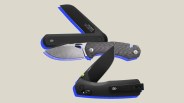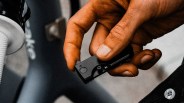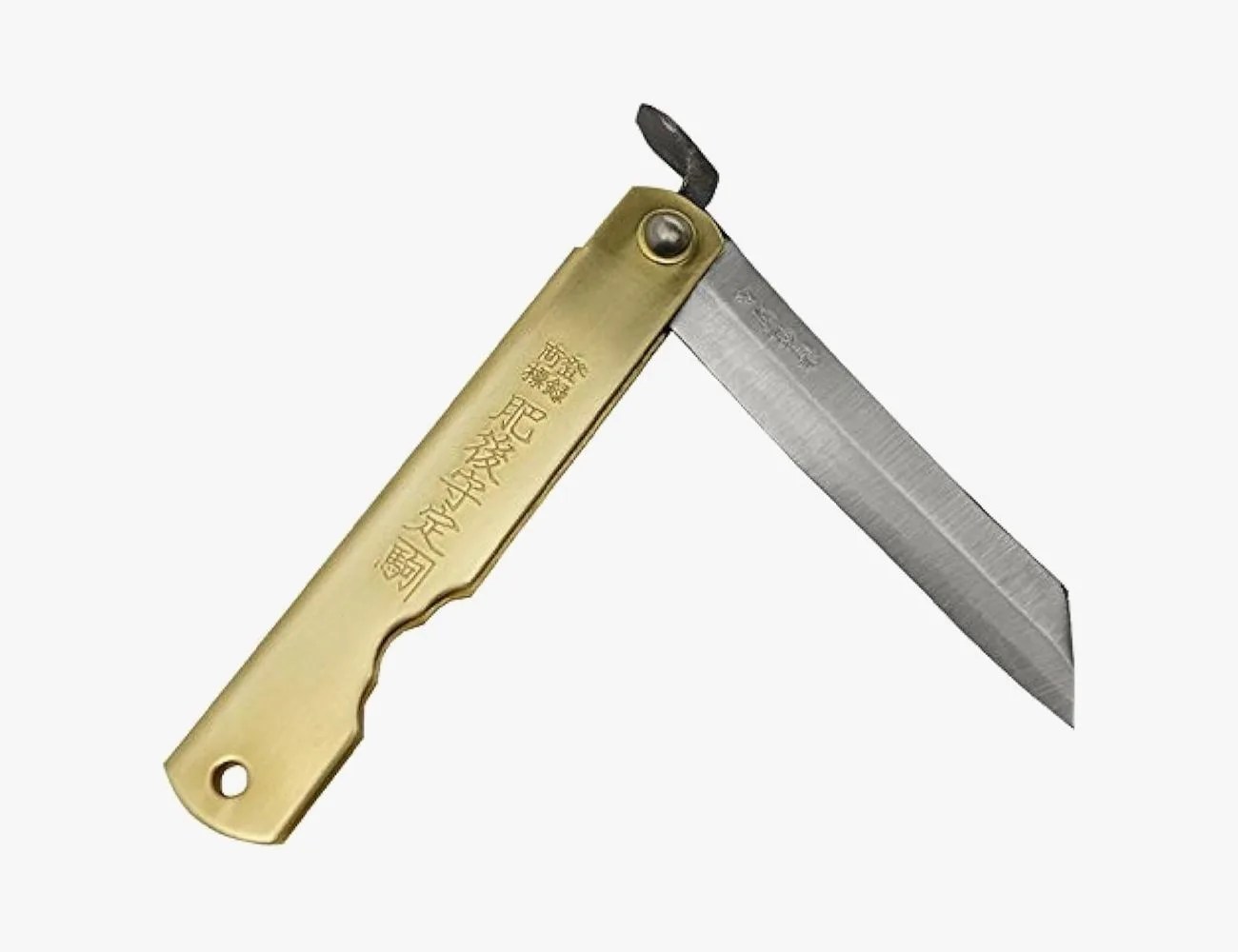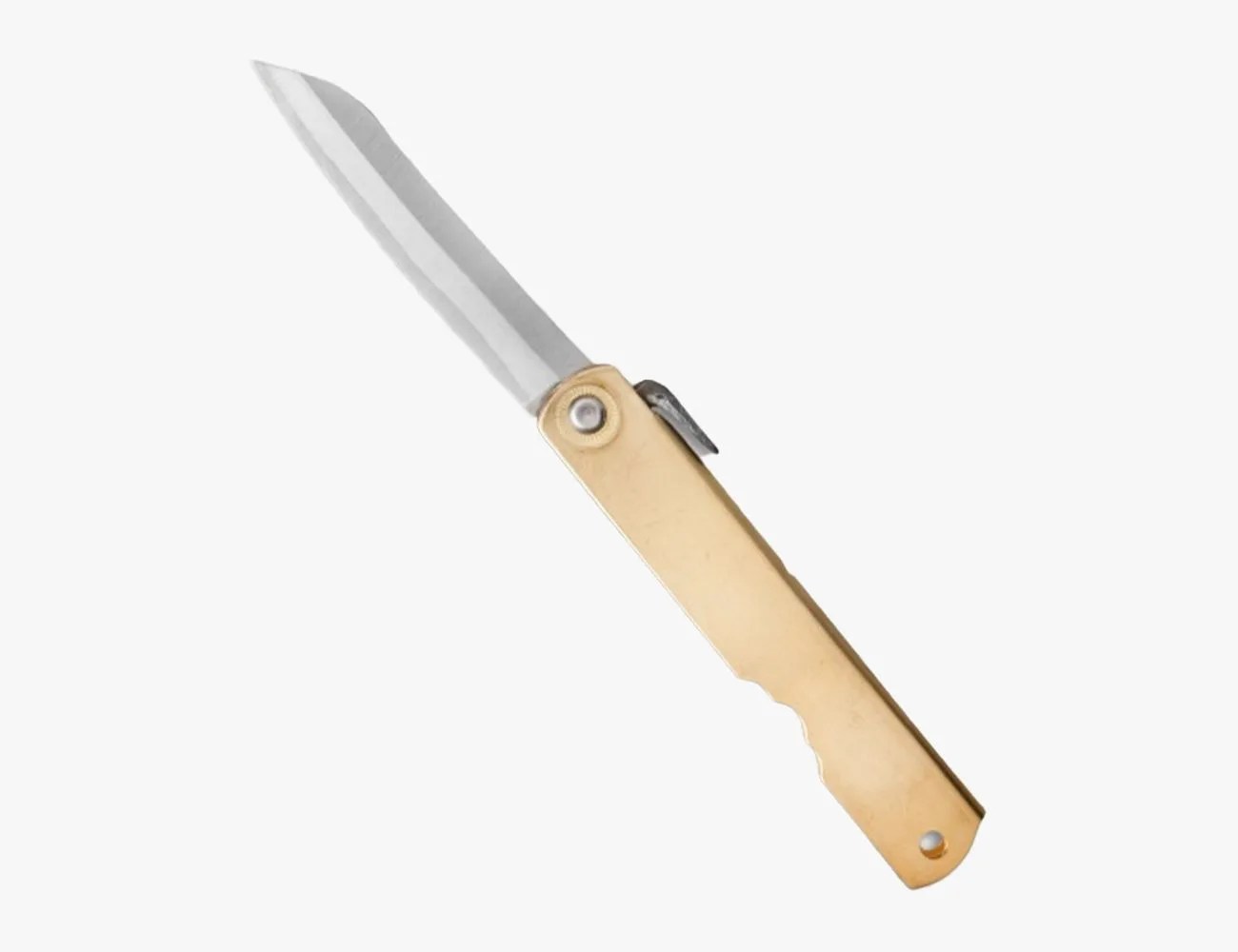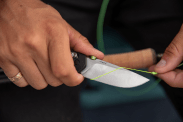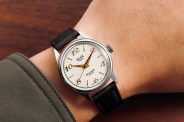If you’re watching Apple TV+’s Monarch: Legacy of Monsters, you know that a huge draw of the show is the larger-than-life titans, especially kaiju poster-child Godzilla. However, the story isn’t all about city-destroying monsters; at its core, it’s about humans trying to survive and understand a world of gargantuan beasts while also navigating uniquely human issues. And while the show itself is especially enthralling, it has also offered up a bit of gear spotting — displaying the prop team’s exceptional attention to detail and to-notch product knowledge.
In episode four, entitled “Parallels and Interiors,” the core team of human characters is split up in the frozen north of Alaska, far from civilization, searching for a means of rescue. In a particularly pivotal moment involving pencil shavings (and without spoiling anything), I caught a glimpse of an EDC icon, a Nagao Higonokami friction folding knife, in a blink-and-you’ll-miss-it moment.
And now, in “Axis Mundi,” episode nine — the penultimate episode — we’ve got an even better look. Now, I can confirm that the knife is, in fact, a Nagao Higonokami, and I’ve even narrowed down two possible models based on the features of the one highlighted in the show.
Products in the Guide
How the Nagao Higonokami fits into Godzilla’s world
In a universe rife with building-sized monsters, you might think something as small as a pocket knife is an insignificant item. However, this particular knife has played an important part in the plot even before episode four. Around when they met in the show’s first episode, a pair of characters — Cate and Kentaro — bond over their father’s propensity for his favorite pen knife, his use of it in sharpening his pencils and the shavings left in its wake.
To be honest, I was expecting that to be the extent of the EDC discussion in the show. However, I was surprised to see the knife actually make an appearance in episode four at the 35:47 minute mark. Sure enough, it was a Nagao Higonokami — a classic knife that’s been in production in Japan since the late 1800s. As mentioned, I don’t want to spoil the story for anyone, so, if you’d like to see it for yourself, I recommend signing up for Apple TV+ and watching the show from the beginning (it’s really good).


